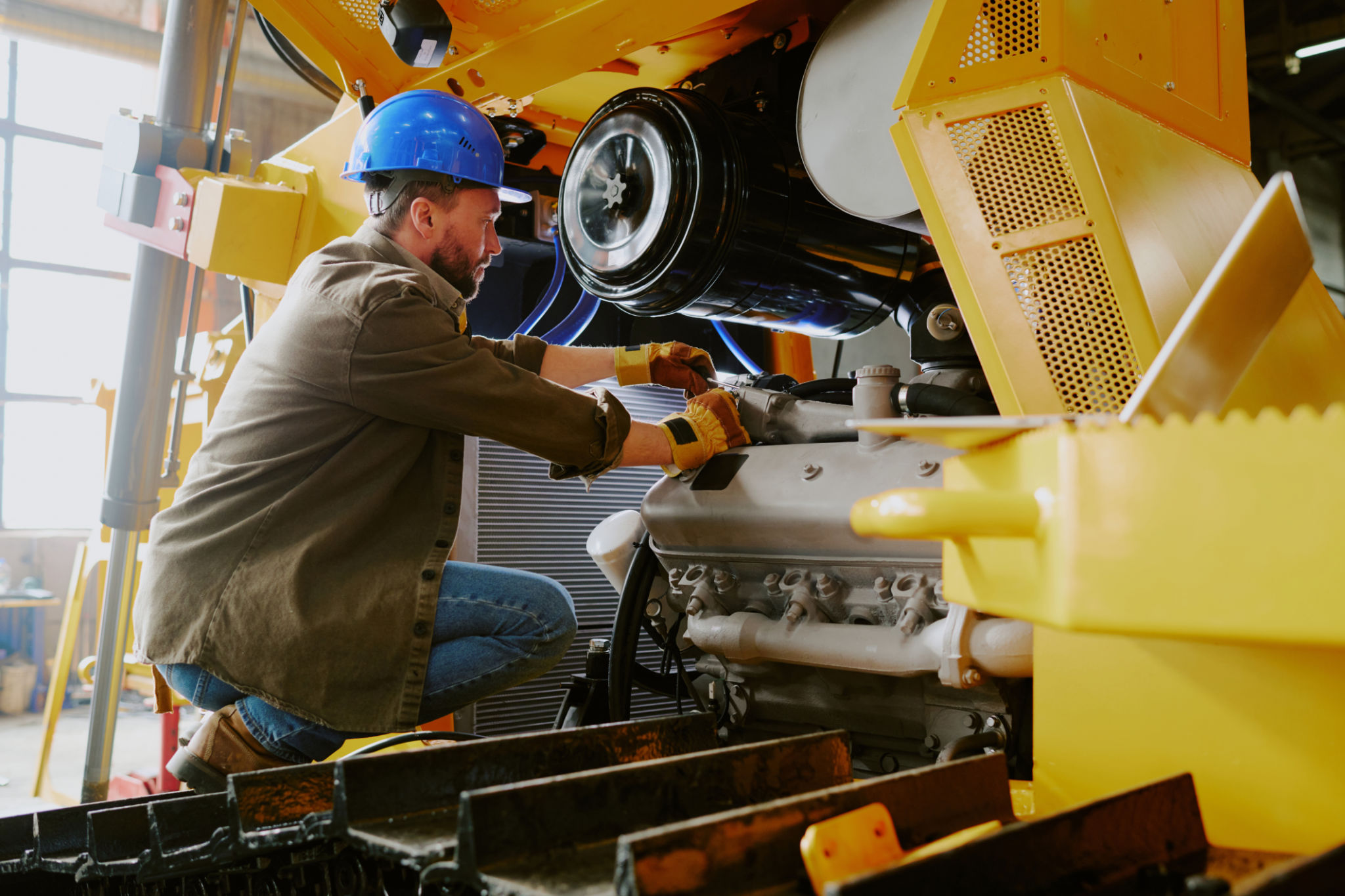Expert Tips for Effective Lab Equipment Setup and Optimization
Understanding Your Lab Equipment Needs
Setting up and optimizing lab equipment begins with understanding your specific research or testing requirements. Different experiments necessitate different tools, and knowing what you need is the first step towards an efficient setup. Make a list of all the equipment and supplies you'll require for your work. This will help you avoid unnecessary purchases and ensure that you have everything you need to proceed smoothly.
Moreover, consider the space available in your lab. Some equipment may require significant room, so planning your layout is crucial. Ensure that each piece of equipment is easily accessible and that there's enough space for safe operation.

Planning Your Lab Layout
Once you have a clear understanding of your equipment needs, it's time to plan the layout of your lab. A well-organized lab can greatly enhance productivity and safety. Arrange your equipment in a way that follows the logical flow of your experiments. This minimizes movement and reduces the risk of accidents.
Consider the proximity of related equipment. For example, if you're working with chemicals, having a fume hood nearby is essential. Similarly, if you're conducting experiments that require frequent temperature checks, ensure a thermometer or temperature-controlled equipment is within reach.
Safety Considerations
Safety should always be a top priority in any lab setup. Ensure that all electrical equipment is properly grounded to prevent electrical hazards. Regularly check for leaks or damages, especially in equipment that handles chemicals or gases. Additionally, make sure that emergency equipment such as fire extinguishers and eyewash stations are easily accessible.

Calibrating Your Equipment
Once your equipment is set up, it's crucial to calibrate it properly. Calibration ensures that your instruments provide accurate and reliable data. Regular calibration is necessary as instruments may drift over time due to usage and environmental factors.
Follow the manufacturer's guidelines for calibration or consult with a professional if you're unsure. Keeping a log of calibration activities can help track performance over time and quickly identify when recalibration is needed.
Routine Maintenance
In addition to calibration, routine maintenance is essential for the longevity and optimal performance of lab equipment. Regularly clean and inspect each piece of equipment to ensure it functions correctly. Replace worn-out components promptly to prevent further damage.

Leveraging Technology for Optimization
Technology can play a significant role in optimizing lab operations. Consider integrating software solutions that help manage your equipment and experiments. These tools can offer insights into equipment usage patterns and suggest improvements for efficiency.
Automation is another way technology can enhance lab operations. Automated systems can handle repetitive tasks, freeing up time for more critical activities and reducing the likelihood of human error.
Training and Continuous Improvement
Finally, ensure that all personnel are adequately trained to use the lab equipment. Regular training sessions can help keep everyone updated on best practices and new technologies. Encourage a culture of continuous improvement where team members can suggest improvements based on their experience with the equipment.
By following these expert tips, you can set up and optimize your lab equipment effectively, ensuring accurate results and efficient operations.